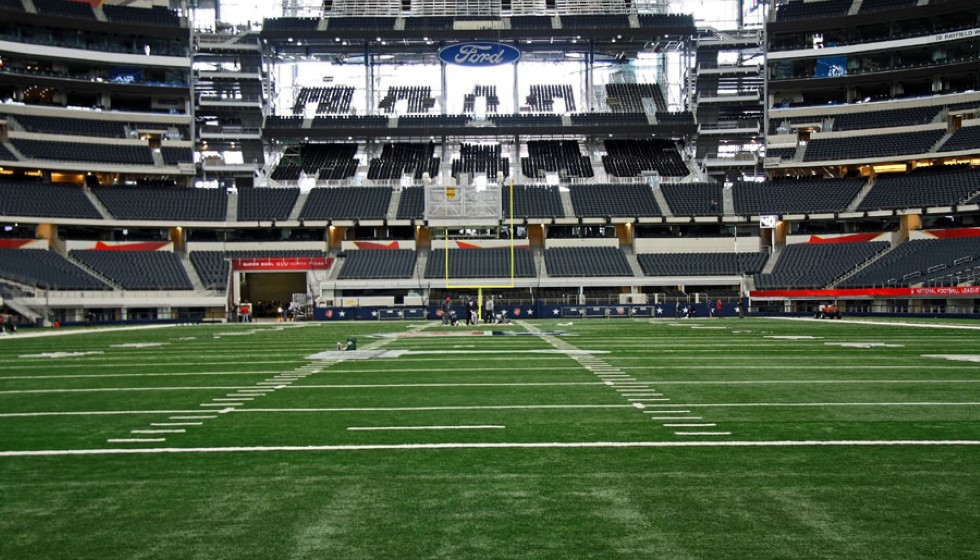
In a decisive shift, the New York Giants have chosen not to franchise star running back Saquon Barkley for the second straight year. This unexpected move comes amid rising concerns over the value and longevity of running backs in today's NFL. According to team sources, the decision was driven by finances and positional priorities rather than any lack of respect for Barkley's talent and contributions to the Giants.
Giants owner John Mara had expressed a clear preference for keeping Barkley on the team, highlighting the player's importance not just on the field but to the organization as a whole. However, a faltering agreement that could be seen as low-balling was at odds with what management deemed appropriate. Given these deteriorating negotiations, Barkley's exit became inevitable.
Financial Strategy and Market Dynamics
General manager Joe Schoen steered the team towards a more tactical approach, deciding to delay the acquisition of a running back until the second week of free agency. This strategy banked on the belief that Barkley, despite his accolades, would not secure a hefty contract in a highly competitive market.
But in a turn of events, the Philadelphia Eagles swooped in, signing Barkley to a lucrative three-year deal worth $12.5 million per season. The signing indicates that demand for esteemed players like Barkley remains strong, even if the Giants' internal assessments suggested otherwise.
The Age Factor
One of the critical components influencing the Giants' decision is the well-documented decline in performance among running backs as they approach the age of 27. Joe Schoen pointed to data indicating this trend, stating succinctly, "The data says that running backs decline at 27." In Barkley's case, his extensive usage during his college years at Penn State, where he amassed 900 carries, coupled with six taxing NFL seasons, weighed heavily on the Giants' considerations.
A Broader NFL Trend
Schoen's reliance on age-related performance data is backed by a broader trend throughout the NFL, signaling teams’ hesitance to offer substantial contracts to running backs nearing or surpassing the 27-year threshold. This cautious approach is reflected in various running backs' career trajectories. For instance, Christian McCaffrey, like Barkley, faced scrutiny as he approached his age-27 season in 2023.
While some players have defied the odds—Frank Gore excelled well into his 30s, and Aaron Jones has even improved post-27—others like Derrick Henry have shown signs of decline. Henry, despite maintaining impressive overall yardage, has seen his yards per carry diminish, evidencing the wear and tear that comes with the running back position.
What's Next for the Giants and Barkley
Moving forward, the Giants' strategic maneuvering may bring about significant changes in the team's offensive dynamics. Schoen's approach, aiming for "Bang for your buck," mirrors a philosophy increasingly prevalent in today's NFL: prudent financial management over retaining high-caliber talent at any cost. For Barkley, joining the Eagles opens a new chapter, offering him the opportunity to prove his worth and continue his career at a high level.
As the NFL continues to evolve, the Giants' decision marks a telling moment—a balance of respect for player talent and the hard, number-driven realities of modern sports economics. Only time will tell whether this tactical approach yields the results Schoen and the Giants organization envision.